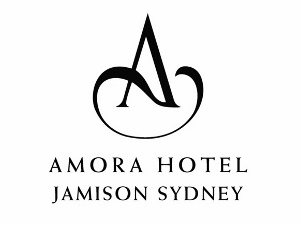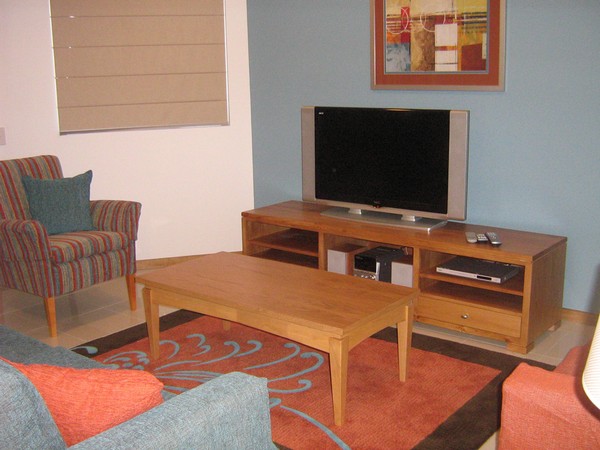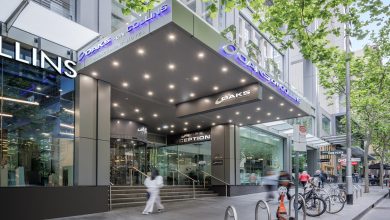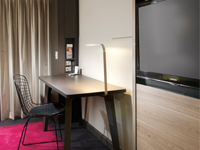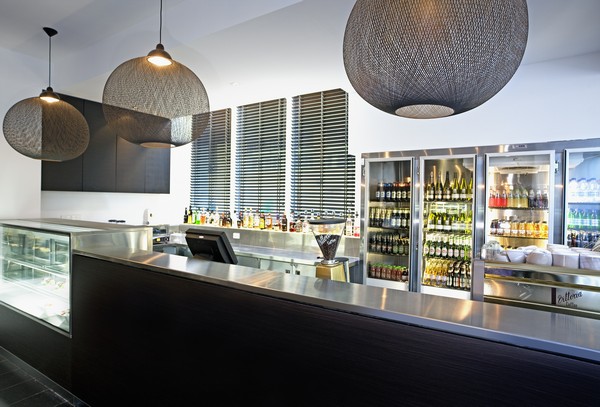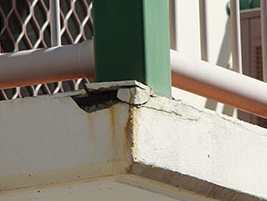
Safety issues… and the wisdom of foresight
If you are responsible for the maintenance and upkeep of a building used by hundreds or possibly thousands of people – such as a hotel or resort – here’s a question for you.
Do you have a lazy quarter-of-a-million dollars lying around?
That’s what you could be up for ($257,750 to be precise) if, heaven forbid, someone were to suffer brain damage or quadriplegia as a result of a safety issue in your building. As well as that, there are $191,500, $180,000 and $128,500 maximum payouts for injuries to an arm, leg or foot respectively.
Of course, you no doubt have your building insured against all this public liability, however that particular brand of insurance is getting more and more cost prohibitive. (Some might say, the proverbial “arm and a leg”!)
As the Australian public follows the American lead and becomes more and more litigious, it is time to take building safety more seriously than ever and to take immediate steps to avoid the increasingly substantial penalties.
And the way to do that is with preventative maintenance and timely repair; after all, an ounce of prevention is worth a pound of cure. Building owners and their representatives have a duty of care towards the people who live, work, study and stay in their buildings. Visitors have every right to expect – no, demand – that they won’t be exposed to risks, seen and unseen, that could jeopardise their health and safety; therefore owners must do everything within their power to protect them.
As you are about to discover, this is not as cut and dried as one might think; there are secret forces at work in every building – particularly the older ones – that can undermine all good intentions. And, sadly, good intentions won’t stand up in court.
However, regular roof and building inspections can eliminate or at the very least minimise these often-unseen risks.
Leaking roofs are the nemesis of safety – At first glance a leaking roof may seem quite innocuous, more of an annoyance than a health threat.
On the contrary, leaking roofs are the single biggest risk to health and safety, in as much as they can lead to slips, trips, falls, shocks, cave-ins and more. And the biggest risk of all is mould growth in ceiling and wall cavities.
The jury remains out on the dangers of mould; no one has come right out and stated that it is a health risk. However reading between the lines, that is certainly the inference.
“Mould can be a problem for those with asthma, hay-fever and chronic respiratory diseases,” claims the US-based Center for Disease Control and Prevention, “and these people may be at increased risk for infection”.
These thoughts about health concerns are echoed by Health Canada, the United States Environmental Protection Agency and the World Health Organisation that conclude “the most important effects are increased prevalence of respiratory symptoms, allergies and asthma as well as perturbation of the immunological system.”
The flow-on effect of a leak – As well as allowing mould to form on ceilings and on damp surfaces, water leaks from roofs, landscaped areas, retaining walls and garden planters can contribute to slip hazards on pathways, and cause walkways to become dangerously slippery.
Water leaks can also lead to electrical hazards because water and electricity simply don’t mix. Ceiling and wall cavities are full of electrical cables, sockets, junctions, switches, data cables and such, all of which can create an electrocution hazard to occupants when combined with water from leaking areas.
Leaking water can also cause extensive property damage, not just by staining ceilings but also by causing dangerous and expensive cave-ins.
The dangers of concrete spalling – Erosion and corrosion can lead to a process called spalling where the reinforcing steel in walkways and concrete floor slab edges expands and weakens, jeopardising the concrete’s structural integrity. If left unattended, large chunks of concrete can break away posing a serious danger if they fall on someone.
They can be almost as dangerous on walkway surfaces, stairways and landings creating uneven surfaces that can often lead to slips, trips and falls. There are also trip hazards involved with uneven concrete slabs, raised edges, incorrectly formed or warped stairways and generally slippery surfaces that can all cause hazards to pedestrian safety.
Of course it is easy to be aware of these problems and pitfalls using the wisdom of hindsight.
What needs to happen is for building owners and managers to proactively ensure that “unseen” dangers are in fact seen to – by calling a reputable roof and building professional to inspect the building thoroughly and if necessary to carry out a scheduled list of repairs.
In other words, to have the wisdom of foresight.


